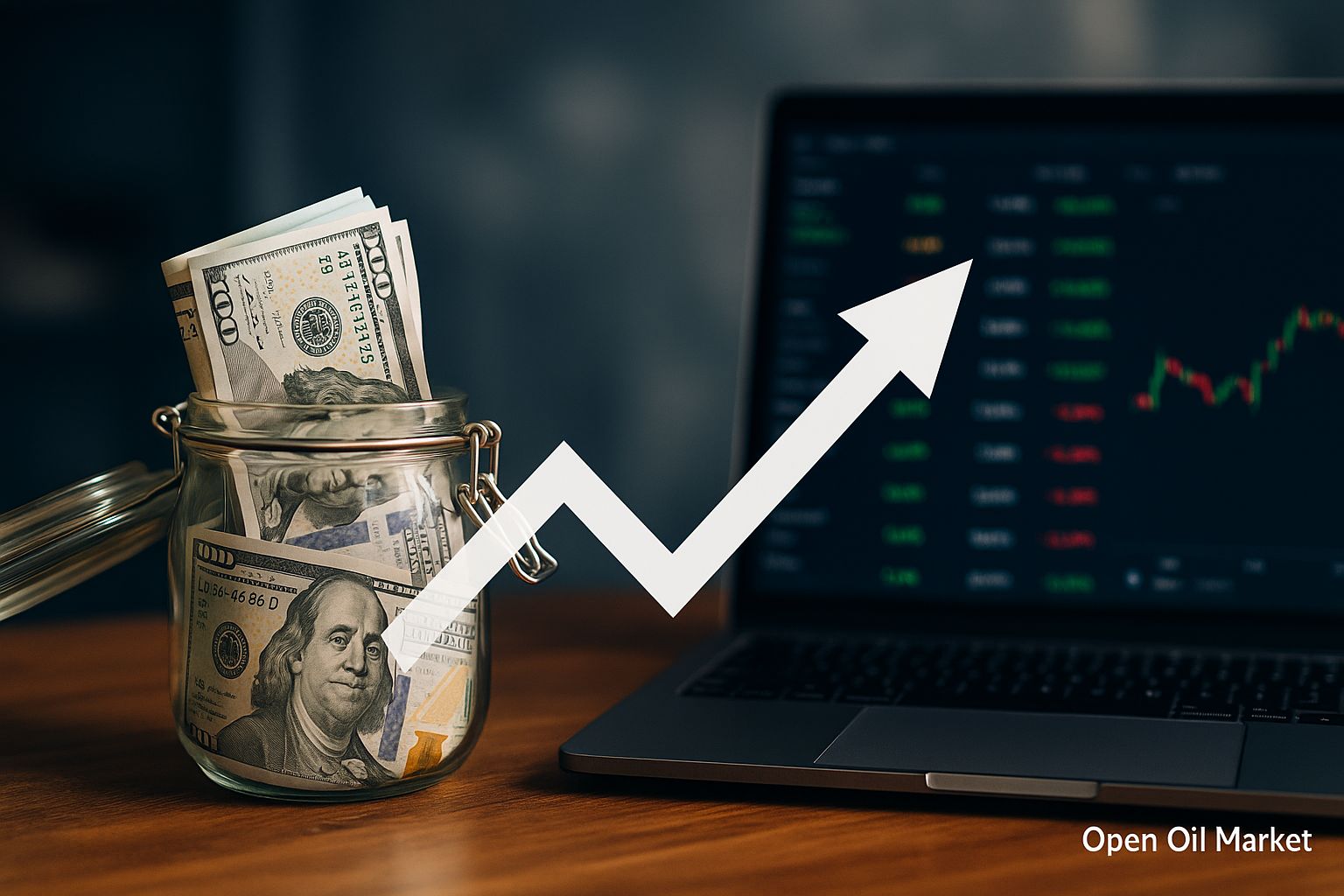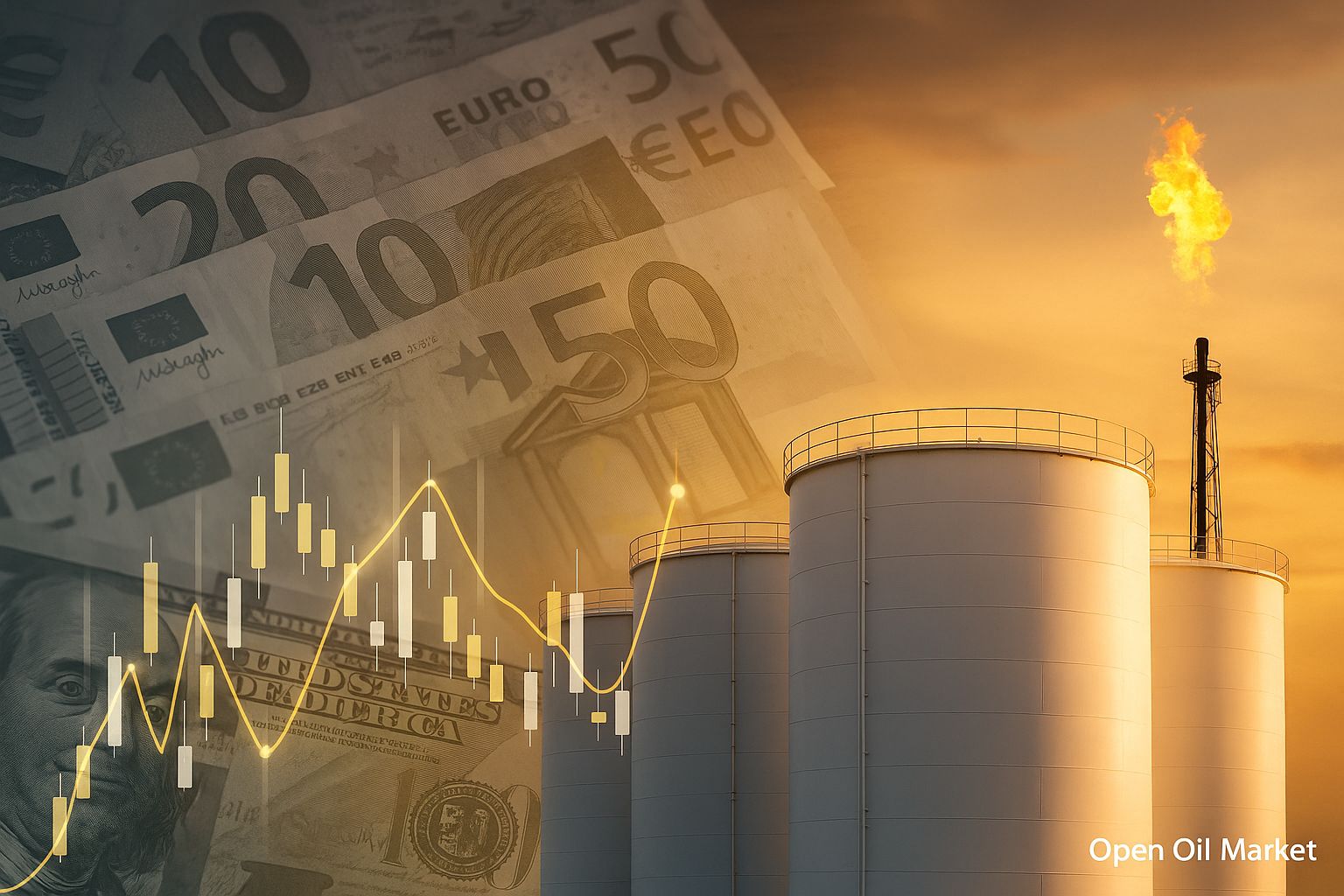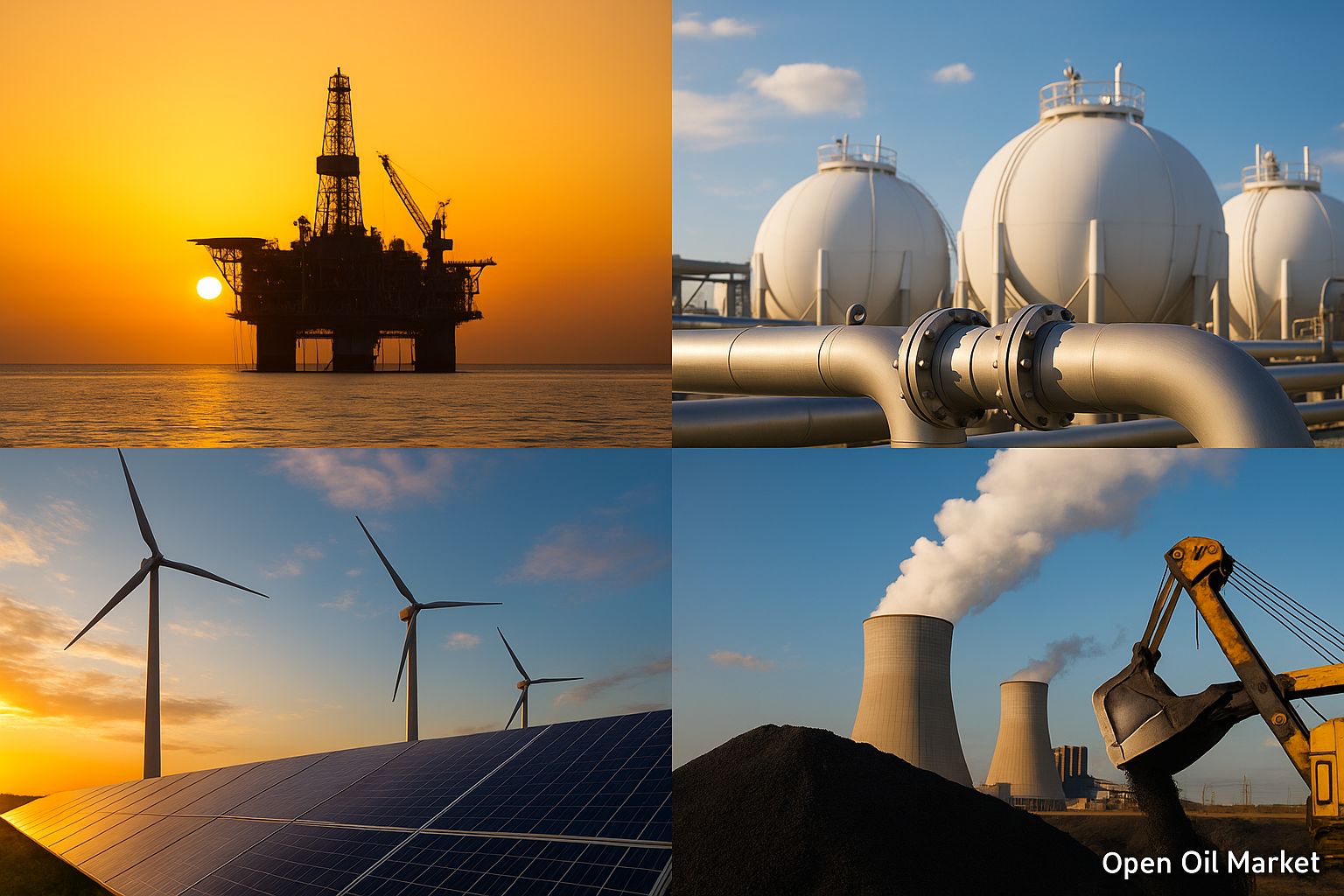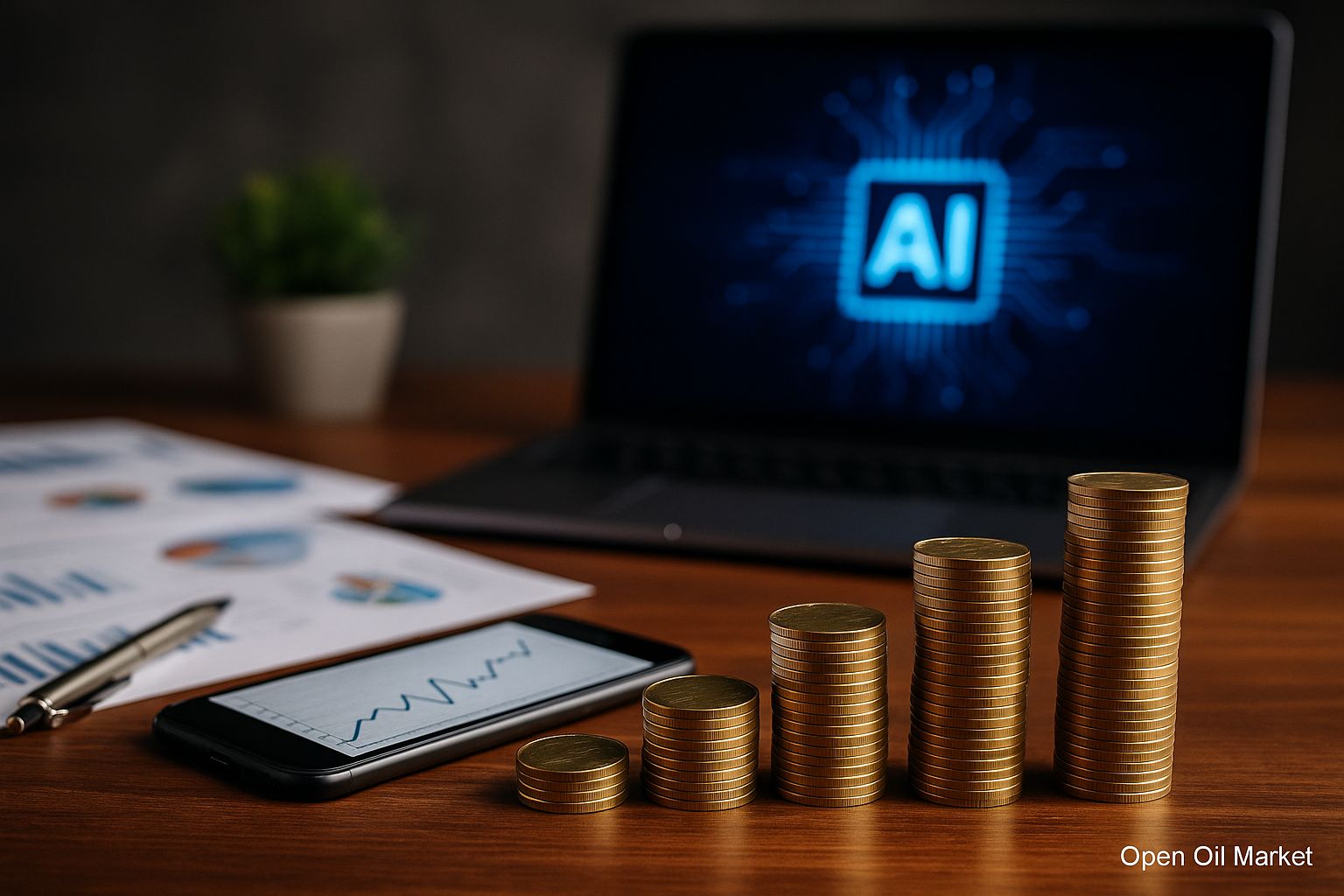
Global Startup and Venture Investment News for November 1, 2025: Record Rounds in AI, Return of Mega Funds, Wave of IPOs and M&A. Key Trends and Outlook for the Venture Market for Investors.
As of November 2025, the global venture market continues to grow steadily following several years of decline. Investors worldwide are once again actively financing technology startups—record deals are being closed, and plans for companies to go public are back in the spotlight. Major players are returning to the market with large investments, resulting in private capital confidently re-entering the startup ecosystem.
The increase in venture activity is noticeable across all regions. The United States continues to lead (especially in the field of artificial intelligence), while investment volumes in the Middle East nearly doubled over the year; in Europe, there are shifts as Germany overtook the UK for the first time in the number of venture deals. India, Southeast Asia, and Gulf countries are attracting record amounts of capital amid declining activity in China. The startup ecosystems in Russia and other CIS countries are also striving to keep pace, despite external constraints. A new venture boom is forming, though investors remain selective and cautious in their deal-making.
- Return of mega funds and large investors. Leading venture funds are forming unprecedentedly large funds and increasing their investments, saturating the market with capital and raising the risk appetite.
- Record funding rounds in AI and new "unicorns." Extremely large investments are driving startup valuations to unprecedented heights, primarily in the artificial intelligence sector.
- Reviving IPO market. Successful listings of technology companies and new applications confirm that the long-awaited "window" for exits has reopened.
- Diversification of sectors for investments. Venture capital is flowing not only into AI but also into fintech, climate technologies, biotech, defense developments, and even crypto startups.
- Wave of consolidation: mergers and acquisitions (M&A). Major mergers and strategic acquisitions are reshaping the industry landscape, creating opportunities for profitable exits and accelerated growth for companies.
- Local focus: Russia and CIS. New funds and initiatives for the development of local startups are emerging in the region, attracting investor attention even amid limitations.
- Cautious optimism among investors. The market is experiencing an upswing; however, participants are maintaining a measured approach to startup valuations and avoiding excessive risk.
Return of Mega Funds: Big Money Back in the Market
The largest investment players are making a triumphant return to the venture arena—indicating a new cycle of risk appetite. The Japanese conglomerate SoftBank, for example, officially completed a $30 billion investment in OpenAI, marking one of the largest private deals in technology history. Sovereign funds from Gulf countries have also become more active, pouring billions into technology projects and developing state megaprograms to support the startup sector, establishing their tech hubs in the Middle East. Simultaneously, dozens of new venture funds are being created worldwide, attracting significant institutional capital for investments in high-tech sectors.
Well-known venture firms from Silicon Valley are also increasing their presence. Funds have accumulated record reserves of uninvested capital (“dry powder”)—hundreds of billions of dollars ready to be deployed as confidence in the market recovers. The influx of such "big money" fills the startup market with liquidity, providing resources for new funding rounds and supporting the growth of promising company valuations. The return of mega funds and large institutional investors not only intensifies competition for the best deals but also instills confidence in the industry regarding a further influx of capital.
Record Investments in AI and a New Wave of Unicorns
The artificial intelligence sector remains the primary driver of the current venture upswing, demonstrating record funding volumes. Investors are eager to position themselves among the leaders of the AI market, directing colossal funds to the most promising projects. Just in the past few weeks, several mega rounds have been announced: U.S. startup Crusoe (infrastructure for AI data centers) raised about $1.4 billion at a valuation of approximately $10 billion; major rounds were also closed by foundational AI model developers Anthropic (around $13 billion) and xAI (≈$5.3 billion). Such deals soar to unprecedented heights, underscoring the excitement surrounding AI startups. According to Crunchbase estimates, nearly half of all venture investments in the world in Q3 2025 went to companies linked to artificial intelligence.
Importantly, capital is being directed not only to final AI applications but also to the infrastructure for them—the market is ready to finance even the “shovels and pickaxes” for the new gold rush in AI. As a result, the current investment boom is spawning a whole series of new "unicorns" (startups valued at over $1 billion). Although experts warn of the risk of overheating for certain projects, the appetite for venture capital in AI startups remains unchecked.
IPO Market Revives: A Window of Opportunity for Exits
The global primary public offering market is emerging from a prolonged lull and gaining momentum. In Asia, Hong Kong has sparked a new wave of IPOs: in recent months, several large technology companies have successfully gone public, raising billions of dollars collectively. In the U.S. and Europe, the situation is also improving: several highly valued startups (such as fintech giant Chime and design platform Figma) have successfully debuted on the stock exchange, demonstrating high demand from investors and robust stock price growth in the early days of trading. In the second half of 2025, more "unicorns" are preparing to go public—among the most anticipated IPOs are payment service Stripe and several major tech companies.
Even the crypto industry is trying to capitalize on the revival: fintech company Circle successfully launched an IPO in the summer (its shares subsequently soared), and the cryptocurrency exchange Bullish has submitted a listing application in the U.S. with a target valuation of about $4 billion. The return of activity in the IPO market is critically important for the venture ecosystem: successful public exits allow funds to secure profitable exits and redirect freed-up capital into new projects, supporting the industry's continued growth.
Diversification of Investments: Not Just AI
In 2025, venture investments are encompassing an increasingly wide array of industries and are no longer limited to the AI craze. Following last year's downturn, fintech is reviving: substantial funding rounds are taking place not only in the U.S. but also in Europe and emerging markets, stimulating the growth of new digital financial services. At the same time, interest in climate and "green" technologies is strengthening amid the global trend toward sustainable development.
- Fintech: The fintech sector is receiving robust funding across various regions, fueling the creation of new payment systems and banking services.
- Climate and Agrotechnologies: Projects in renewable energy, eco-technologies, and agrotech are attracting record investments thanks to the prioritization of the environmental agenda.
- Bio and Medtech: Breakthrough developments in pharmaceuticals and digital healthcare are once again attracting capital, as the sector gradually emerges from a period of declining valuations.
- Defense Technologies: Investor interest in startups in the defense, aerospace, and dual-use sectors is rising.
- Crypto Startups: A partial recovery of trust in the crypto market has enabled several blockchain companies to once again attract financing.
Thus, venture capital in 2025 is significantly diversifying across industries, making the entire startup ecosystem more resilient while reducing the risk of overheating in specific segments. The expanding focus of investors on various sectors indicates their readiness to support fintech innovators, "green" startups, biotech projects, defense technologies, and other promising areas alongside AI.
Consolidation and M&A: Increasing the Size of Players
High valuations for startups and fierce competition for markets are provoking a wave of consolidation. Major merger and acquisition deals are once again coming to the forefront, redistributing roles within the industry. Technology giants are actively eyeing the leaders among startups, seeking to acquire key technologies and talent.
In recent months, several high-profile acquisitions have drawn industry attention. For example, Google announced the purchase of Israeli cybersecurity startup Wiz for approximately $32 billion—a record amount for the Israeli technology market. Such mega-deals demonstrate the eagerness of major companies to acquire cutting-edge developments and talent. Overall, the activation of M&A indicates market maturation: mature startups are either merging with each other or becoming targets for acquisition by corporations, while venture investors are finally gaining the opportunity for long-awaited profitable exits.
Russia and CIS: Local Initiatives Amid Global Trends
Despite external constraints, active efforts are being made in Russia and neighboring countries to develop the local startup ecosystem. In 2025, several new venture funds have been announced. For instance, Nova VC has been formed with approximately 10 billion rubles for investments in IT startups, while the investment company Kama Flow has launched a fund of similar size focused on late-stage projects. Major corporations and state banks are also establishing corporate venture funds aimed at supporting domestic technology projects.
In addition to funding, accelerators, startup schools, and other initiatives are being launched to support entrepreneurs. Local startups are gradually attracting attention not only from Russian investors but also from foreign partners from friendly countries. While the volumes of the Russian and CIS venture markets still fall short of world leaders, the region strives to follow global trends. Investors here remain selective, focusing on niches where local teams possess competitive advantages and growth potential.
Cautious Optimism and Growth Prospects
As we approach 2026, the startup and venture investment industry is entering a phase of revival. The global influx of capital, the series of new "unicorns," successful IPOs, and strategic deals indicate a restoration of confidence in the market. At the same time, investors continue to act prudently, favoring startups with sustainable business models. Large inflows of capital into AI and other sectors inspire confidence, but funds are striving to diversify their investments and exercise stricter risk controls to prevent the new upturn from overheating. Thus, the industry is entering a new development cycle, emphasizing quality and balanced growth.




